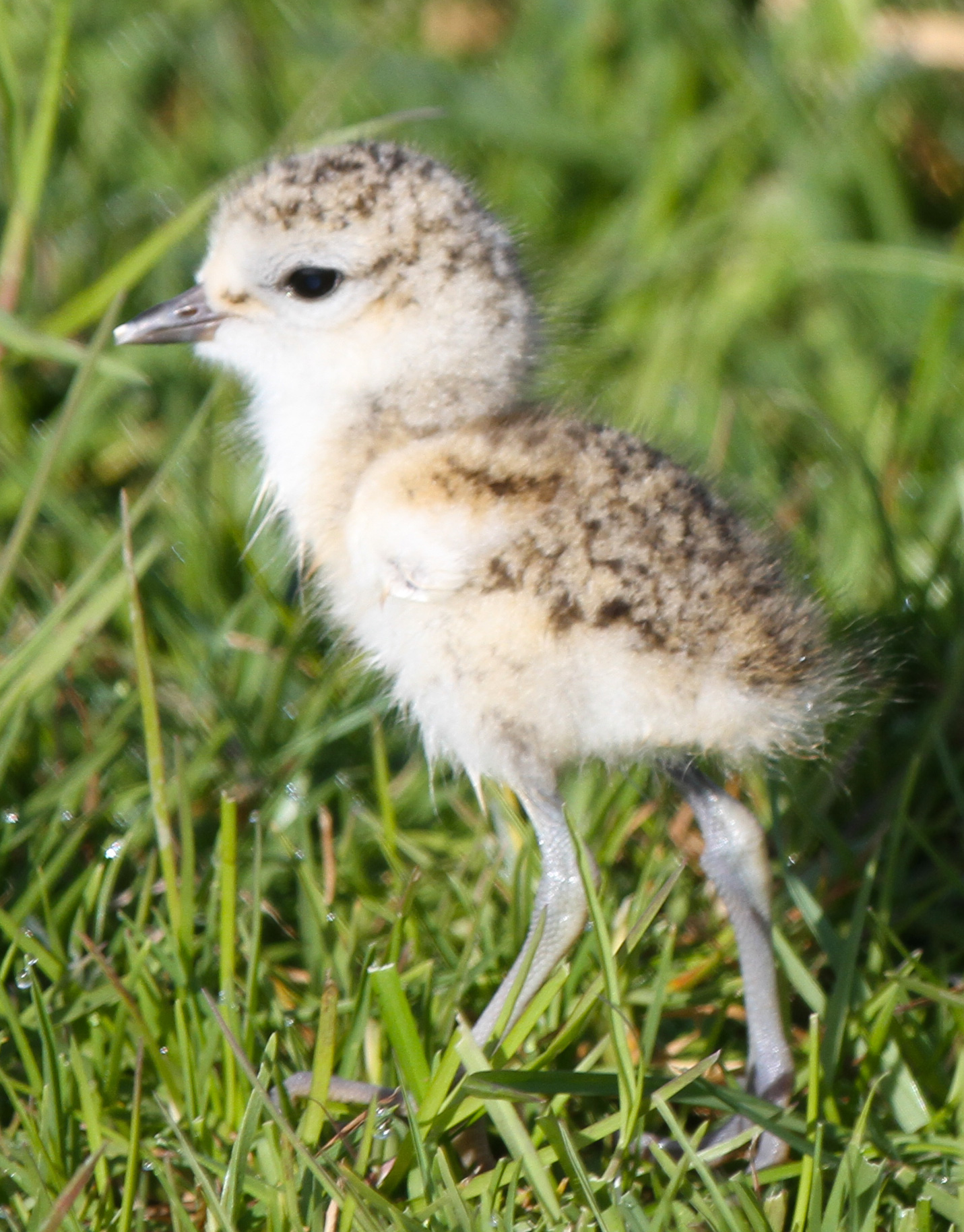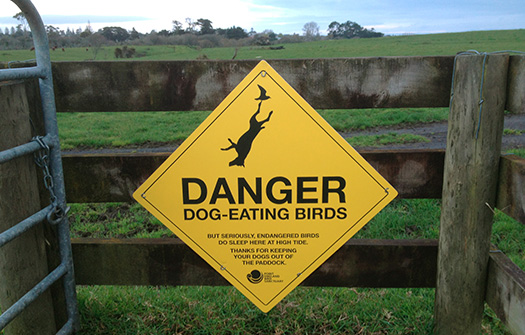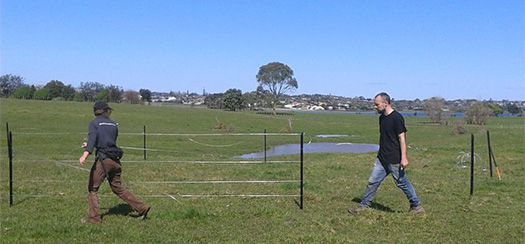
How to remove waratahs

Mostly just stuff I am doing to help the planet





I now have two nests that have hatched in the paddock. This chick is 3 weeks old, locals including the Tamaki Model Airplane Club have been incredibly supportive.
Here is a Google map of the Point England Bird Sanctuary traps and nest sites.
View Point England Bird Sanctuary in a larger map

Here is the print file if anyone want to modify/ use it. I simplified the text so it’s applicable to more situations. I have also deployed these in Albany.






Made myself a tunnel for my DOC 200